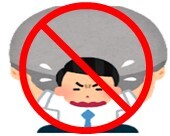[Learning Points]
- Please take your medicine correctly as scheduled.
- Check your heart rate before taking anti-arrhythmia medicine every day. Stop it if the rate is below 60 times/min.
- Quit smoking and avoid second-hand smoking. The Nicotine could cause coronary heart disease, arteriosclerosis and thrombosis.
I. Medication precautions:
- Please take your medicine correctly as scheduled.
- Check your heart rate before taking anti-arrhythmia medicine every day. Stop it if the rate is below 60 times/min.
- Pay attention when you take diuretic medications if the blood pressure is too low or the body weight decreases consistently, it should be reduced or stopped taking.
- If you have any questions about your medicine, contact with the doctor or nurse, please don’t reduce or stop the medication without doctor’s instruction.
- Remember to take medicine with warm water only. The effectiveness of medicine may be affected with soup or drinking.
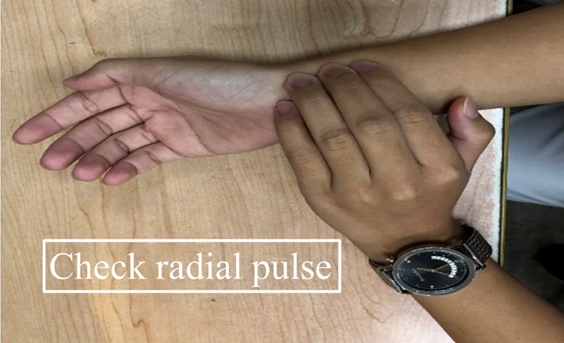
II. Daily dietary considerations:
- Take low salt around 1500-2000 mg a day; avoid smoking and alcohol drinking, coffee and stimulated food, etc.
- Suggest eat 20% less, don’t eat too mach.
- Eat more fruits, high fiber foods 20-25gm a day and take vitamin supplements.
- Maintain your ideal body weight, and check it every day.
- Don’t drink water or other beverages too much (daily water intake according to what suggested to you when first admitting to the hospital).
- Reading a food label for getting know the “Nutrition Facts” labels on the food package.
III. Notice for daily life:
- Quit smoking and avoid second-hand smoking. The Nicotine could cause coronary heart disease, arteriosclerosis and thrombosis.
- Keep your mood stable, mood fluctuation could increase the burden of heart.
- Maintain a regular life, go to bed early and get up early.
- Increase your exercise loading gradually to your recovery status. Avoid heavy lifting and doing strenuous exercise or extremes of shoulder movement (e.g., as in tennis, baseball, and golf) for six to eight weeks after surgery to allow for complete healing of the breastbone (sternum).
- Avoid staying in the environment that temperature will change dramatically, or having polluted air, in case you get a cold.
- Maintain a normal bowel habit and avoid constipation.
- After being discharged for about three months, if there is no shortness of breath or chest discomfort, you may begin your sexual activity.
- After operation three months later, if there are no unconformable symptoms such as short of breathing, chest tightness etc., while going up and down two stairs, you can gradually start sexual life.
|
|
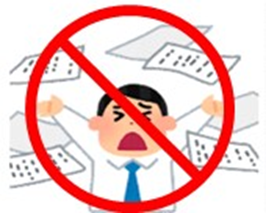 |
IV. Return to your job:
- Consult your doctor first.
- Without any complications, you can return to work within 8-12 weeks after being discharge.
- If you are a labor, you may consider changing your job.
- If you are not a manual labor, you can return to your job gradually increasing the time, for example half-day at first.
- The housewife should simplify chore or hire an assistant.
V. Precautions when exercise:
- Benefits of regular exercise: reduce the risk of heart disease, helps lower blood cholesterol, helps control blood sugar and blood pressure, prevent or control diabetes, helps you handle stress better, increase cardiovascular endurance.
- Exercise 30–45 minutes a day, at least 150 minutes a week or 4 to 5 times a week.
- Gradually increasing the time and intensity of the exercise.
- Remember to check your pulse and blood pressure before you start a new activity, and take note of any discomfort during the activity.
- You should stop exercising and rest immediately, if you have chest pain, colic, asthma, difficulty in breathing, dizziness, nausea, vomiting, sweating, arrhythmia, and turning pale, or your pulse goes too fast (more than 20 beats per minute over resting) or too slow (lower than resting heart rate, i.e. below 10 beats per minute), or high blood pressure or exhausted tired and hard to keep exercising during the activity.
VI. Wound care:
- It should be changed dressing for suture wound once a day. When the wound has discharge, you must change dressing immediately.
- It’s unnecessary to use iodine, if the chest wound is covered with a Steri-Strip. If there is discharge or signs of inflammation, removing Steri-Strip and dress with gauze. When the wound is dry, you can put on the tape.
- Change the Steri-Strip every five to seven days. If the tape is dirty or not sticky, change it immediately.
- Don’t apply any powder or oil on the wound unless doctor’s prescription.
- Check the wound every day to see if there are any swelling or abnormal secretions. It is necessary to return to your doctor, if there are excessive secretions.
- When your condition is stable to take a bath, you can only take a shower. If the wound can be cleaned with soap and water, keep it dry after shower.
- It takes about three months to heal when under median sternotomy of steel wire fixation. You should avoid strenuous exercise within three months, put on chest strap for two to three months.
VII. Return to the hospital for re-examination:
- Return to hospital immediately if you have a fever (100.4º F or 38º C), wound pain, reddened skin or pus like drainage, bleeding, swelling from the incision site, and please return for treatment.
- Please seek for medical treatment as soon as possible when you have new or chest pain or around the wound, difficulty breathing weakness, and abdomen pain, vomiting and poor intake.
- Return to outpatient clinic for checkup as schedule.
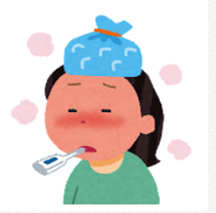 |
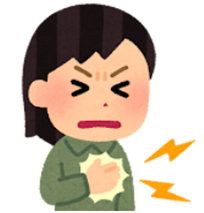 |
|
Fever |
Chest pain |
VIII. Conclusion
After open-heart surgery, it is necessary to understand the precautions for taking medicine, diet, exercise and the importance of wound care at home, and cooperate with the correct diet concept and exercise to achieve weight control, and pay attention to abnormal physical symptoms at any time to prevent the recurrence of heart disease.
IX. Reference
- Aroesty, J. M. (2022). Patient education: Coronary artery bypass graft surgery. Up To Date, Retrieved Sep 23, 2022, from https://www.uptodate.com/contents/coronary-artery-bypass-graft-surgery-beyond-the-basics
- John Muir Health(nd). Cardiac surgery patient education. Retrieved Sep 23, 2022, from https://www.johnmuirhealth.com/content/dam/jmh/Documents/Cardiovascular/cardiac-surgery-kit.pdf
- Shahmoradi, L., Rezaei, N., Rezayi, S., Zolfaghari, M., & Manafi, B. (2022). Educational approaches for patients with heart surgery: A systematic review of main features and effects. BMC Cardiovascular Disorders, 22(1), 292. https://doi.org/10.1186/s12872-022-02728-0
Patients’ Health Education after Heart Surgery
Let's take a test to confirm that you have a thorough understanding
評語
統計結果不開放
請登入後才可以評分
未登入或權限不足!
- 位置
-
- 資料夾名稱
- English
- 上傳者
- 王勝昌
- 單位
- 中榮護理衛教
- 英文名稱
- Patients’ Health Education after Heart Surgery
- 分類
- 手術
- 科別
- 心臟外科
- 癌症照護
- 否
- 建立
- 2024-02-23 17:28:29
- 制訂日期
- 2014-01-04
- 最近修訂
- 2024-03-19 11:52:00
